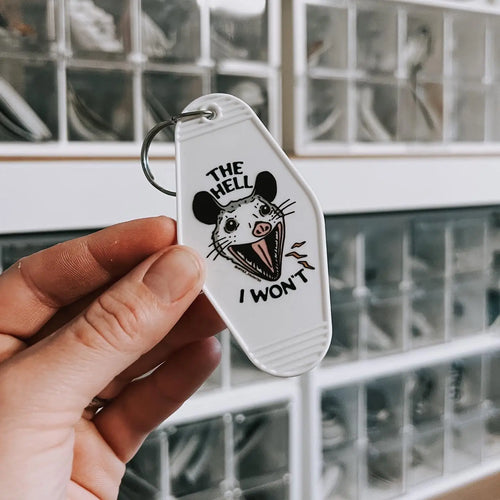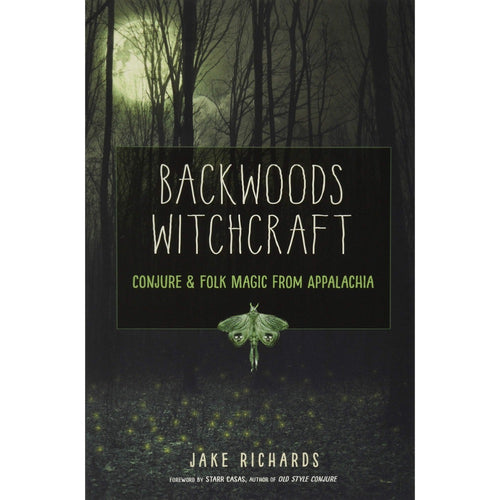
According to his good friend Bobby Fleming, Scott would say, "I loved to keep them ol' bootleg cars sideways through the turns and throw gravel all over the police cars."
Had you hailed Scott in his taxi cab by day, you would have never guessed that he hauled moonshine during his off hours. He was a young black man, hard working, a brilliant mechanic, living in the segregated town of Danville, Virginia during the 1940s and early 50s. While bootlegging was largely a white man's trade, Scott was the best among them. His police chases were legendary, eventually earning him recognition from the men who were trying to arrest him and a spot in NASCAR history.
In 1952, promoters for the Dixie Circuit, a NASCAR competitor, decided that having a negro driver would be the perfect gimmick to get crowds into the stands. They visited Danville police and asked, "Who is the fastest black driver around here." Straight away, cops pointed the promoters to Wendell Scott.
Scott ran his first race on May 23, 1952. According to Wikipedia, "Some spectators booed him, and his car broke down during the race. But Scott realized immediately that he wanted a career as a driver. 'Right from the first, I loved driving that car in that race.'"
Over the course of the next decade, Scott graduated from the dirt track at Danville to the paved track at Martinsville and on to run as many as 56 races in a given season. He became a mainstay and an audience favorite. "He had a lot of white fans," says legendary driver Richard Petty, "A lot of people always pull for the underdog and they looked at Wendell as being the underdog."
True to his image, Scott had the odds stacked against him. He financed his own operation. He could only afford aging cars, which he held together with used parts. His crew was comprised of his sons and daughters, who studied under their father and toured with him across the country. As they grew older, the boys helped him develop a strategy for each race. "We were 'top ten' focused," recalls his son Wendell Scott Jr., "Cause, see, top ten meant that the light bill was going be paid, my third or fourth sister was going to get new shoes."
Racing to keep his family fed, Scott couldn't afford trained mechanics. Even if he could, few would have worked for him. He suffered discrimination on the track and off. Some drivers tried to edge him into accidents during the races, and like all blacks, he had to search for restrooms, restaurants, and hotels that would serve him wherever he travelled.
[caption id="attachment_3329" align="alignleft" width="169"]
 Scott was inducted into the International Motorsports Hall of Fame in 1999[/caption]
Scott was inducted into the International Motorsports Hall of Fame in 1999[/caption]Had things gone better on December 1, 1963, all of his hardship might have been worth it. During the third race of the 1964 season, Wendell Scott was in his signature #34 Chevy. He tore along the track at Jacksonville Speedway Park, holding his own against drivers in better cars who had factory backing. When it came time for maintenance, Scott jumped out of the car to perform his own pit stops. "I'm not even sure they had air wrenches," says retired driver Darrel Waltrip, "I think they may have been just using hand wrenches to change the tire."
Once the car was tuned and the tires were changed, Scott was back in the car and speeding along like a comet. As the drivers approached the end of the 200 lap race, Scott was running two laps ahead of the nearest competitor Buck Baker. On the final lap, the audience howled, anticipating his victory. It would be a first for a black NASCAR driver. The undisputed lead, he sailed under the finish line, and nothing happened. The NASCAR official held the checkered flag aloft. He would not signal Scott's win.
Scott drove around again. He completed another lap, still in the lead. Again, the flag did not move. Scott kept driving, entering the 203rd lap of a 200 lap race.
"And then the checkered flag comes out for Buck Baker, who was actually some laps behind," says Brian Donovan, author of Hard Driving: The Wendell Scott Story.
The drivers, the mechanics, and most of the fans recognized that officials had thrown the race. Even Buck Baker's wife knew the score. She had been counting her husband's laps and turned to NASCAR's chief scorer. She later told Donovan that she said, "You know Buck didn't win that race."
That didn't stop NASCAR from presenting Baker with the trophy and true to NASCAR tradition, a kiss from a beauty queen. Therein lied the problem. Promoters would later admit that they did not want a black man kissing a white woman in the winner's circle.
[caption id="" align="alignright" width="160"]
 Young drivers benefit from Scott's trailblazing[/caption]
Young drivers benefit from Scott's trailblazing[/caption]Baker went home with the trophy, and some time after the celebration, officials caught up with Scott. They told him that there was some kind of error. He had, in fact, won the race.
This groundbreaking moment--the first major win by a black NASCAR driver--was celebrated without fanfare or spewing champaigne. Scott was given the purse but nothing more. Just try to picture this veteran of the sport standing alone by the track with an envelope of cash in his hand but no trophy as stadium lights cut off behind him.
This was the pinnacle of Scott's career, and it is now a moving scene in the new docudrama Wendell Scott: A Race Story. Produced by Emmy Award winning NASCAR media group, the film aired directly after this year's Daytona 500. Featuring heartfelt interviews with Scott's children, his wife, and NASCAR drivers, it is now available on YouTube. You can watch the first clip below.
Be sure to let us know what you think. Was Scott an overlooked legend? Does the film do him justice? Has NASCAR made good with its Drive for Diversity program, which tries to attract a broader pool of drivers? Were you a fan of Scott's? Ever see him race? If so, what do you remember about him?
[youtube]tcmo695-29c&feature=related[/youtube]














